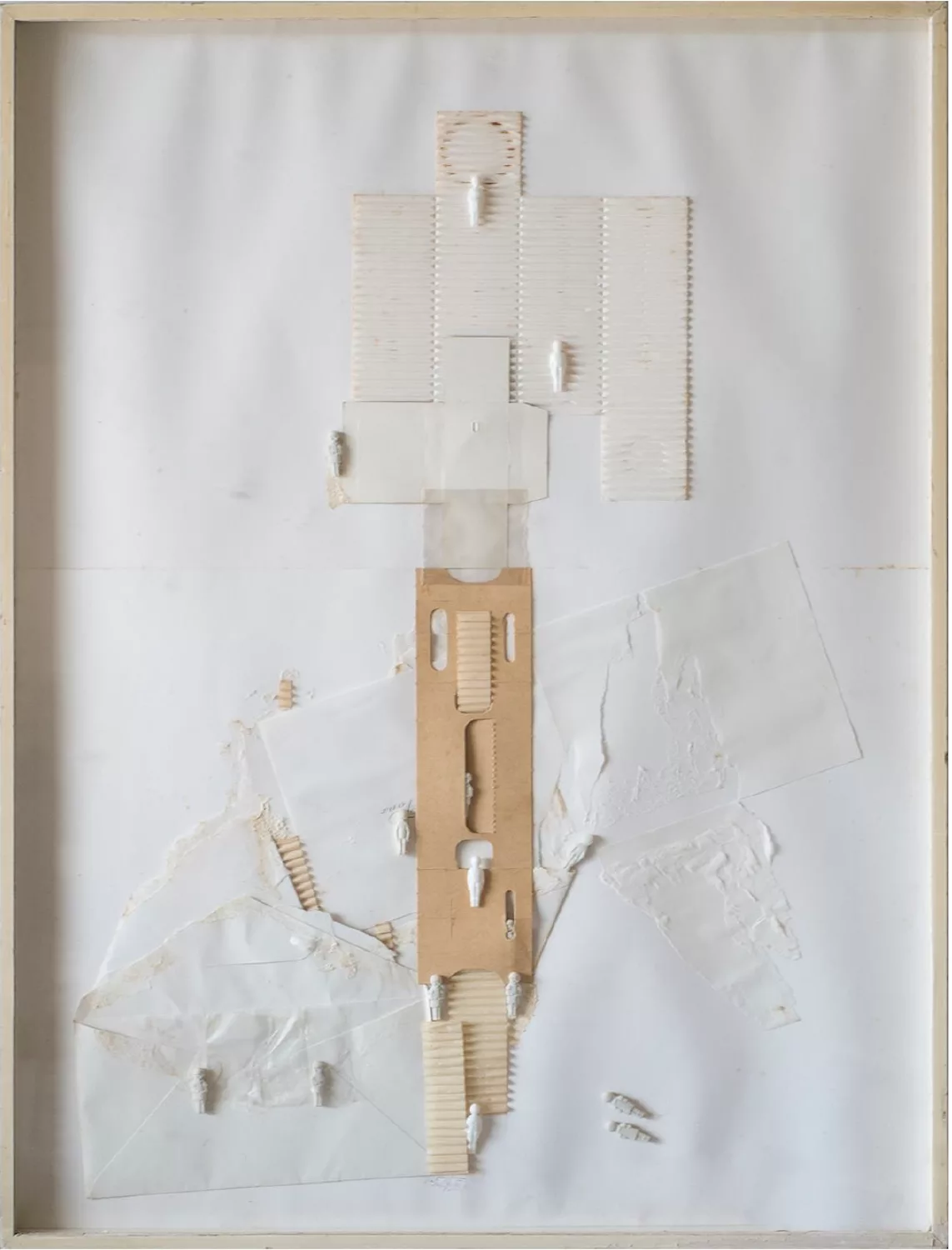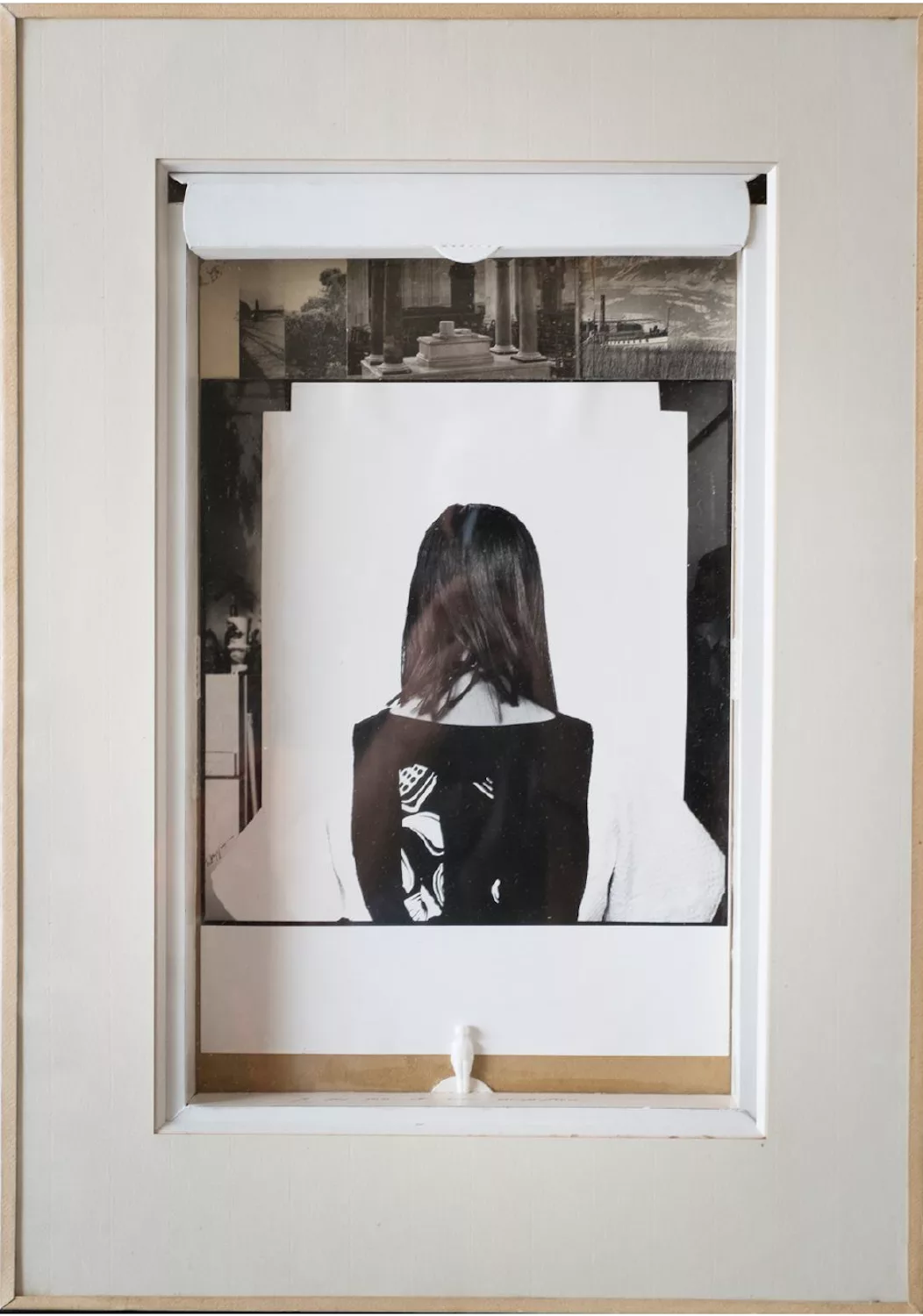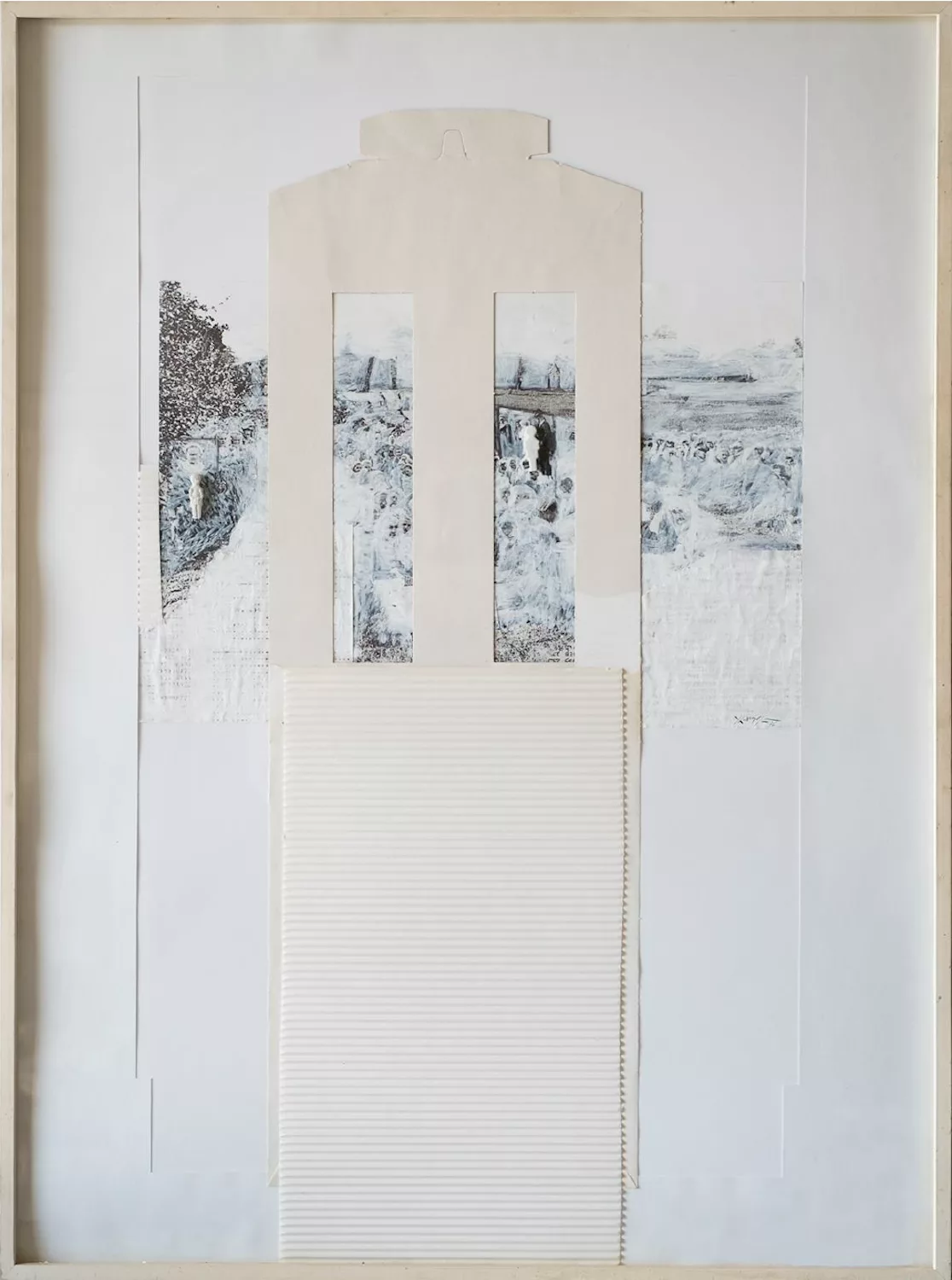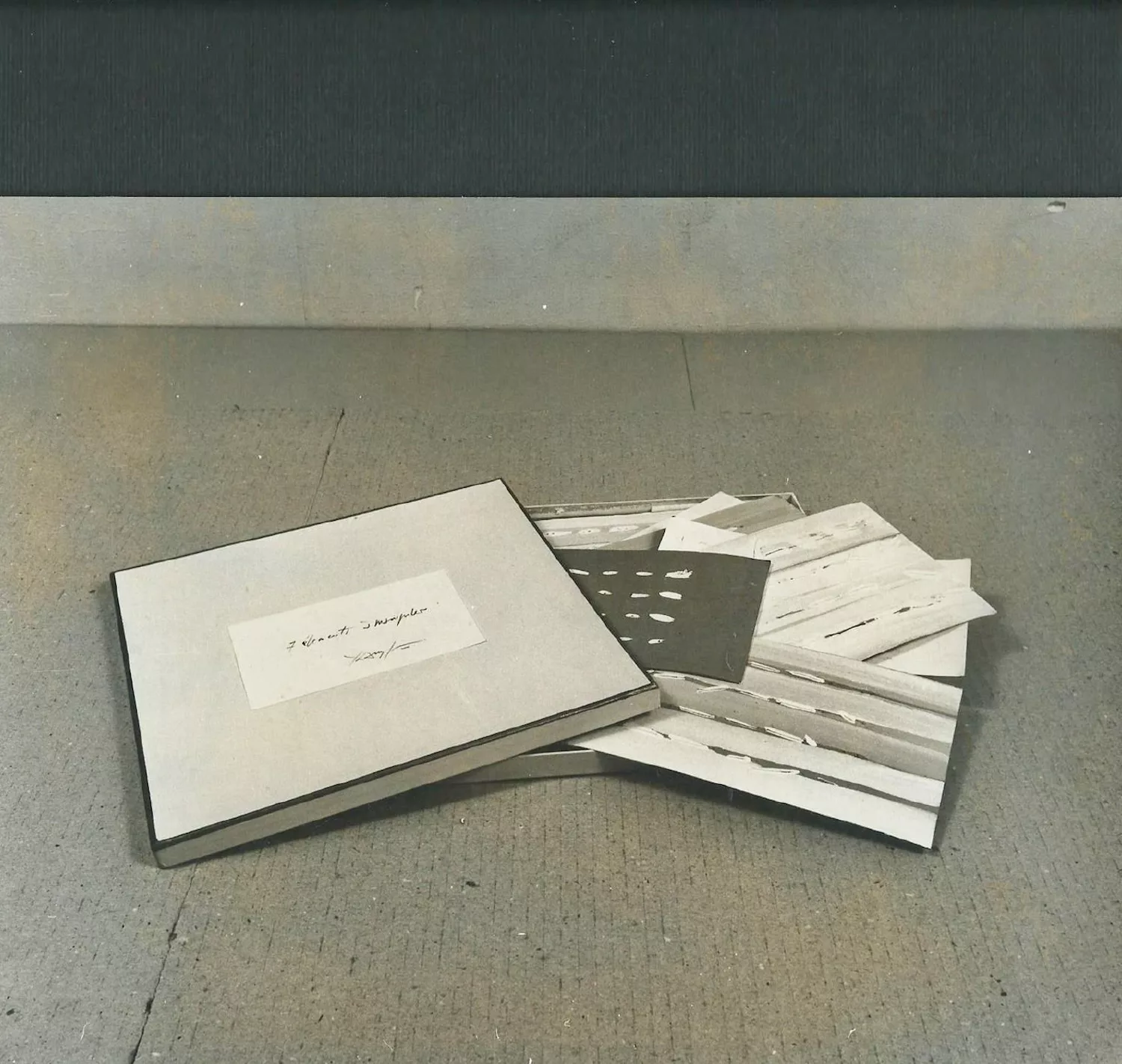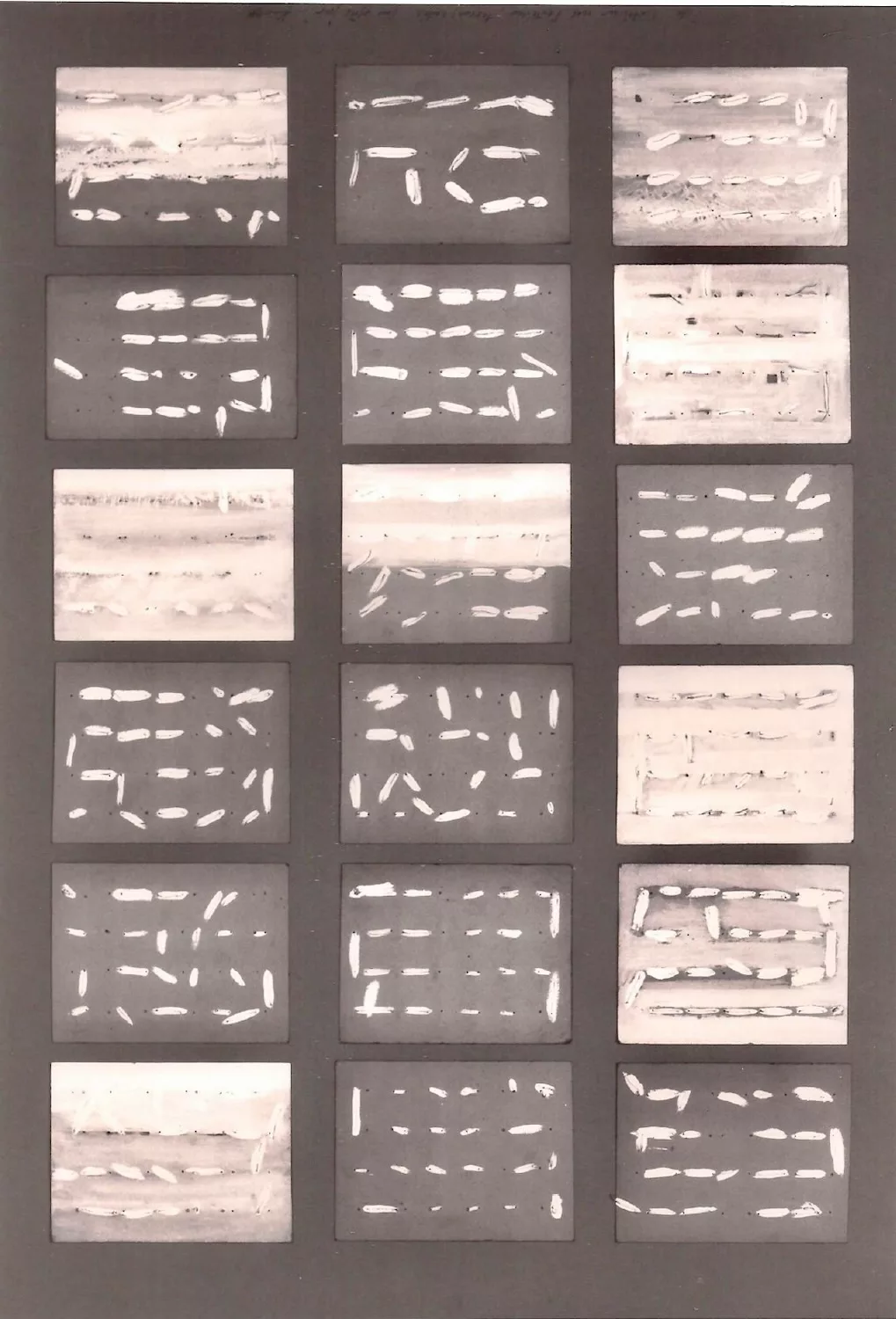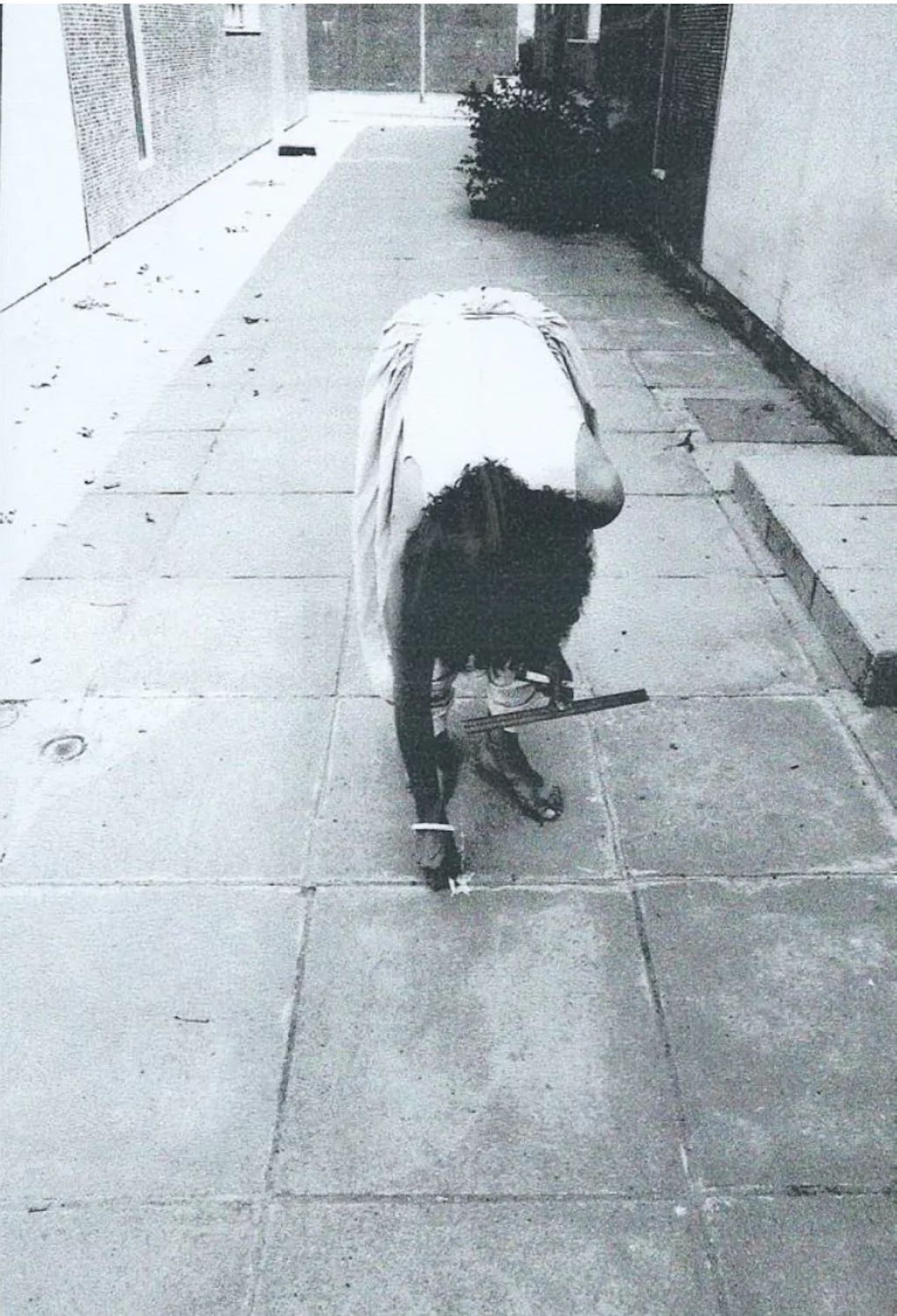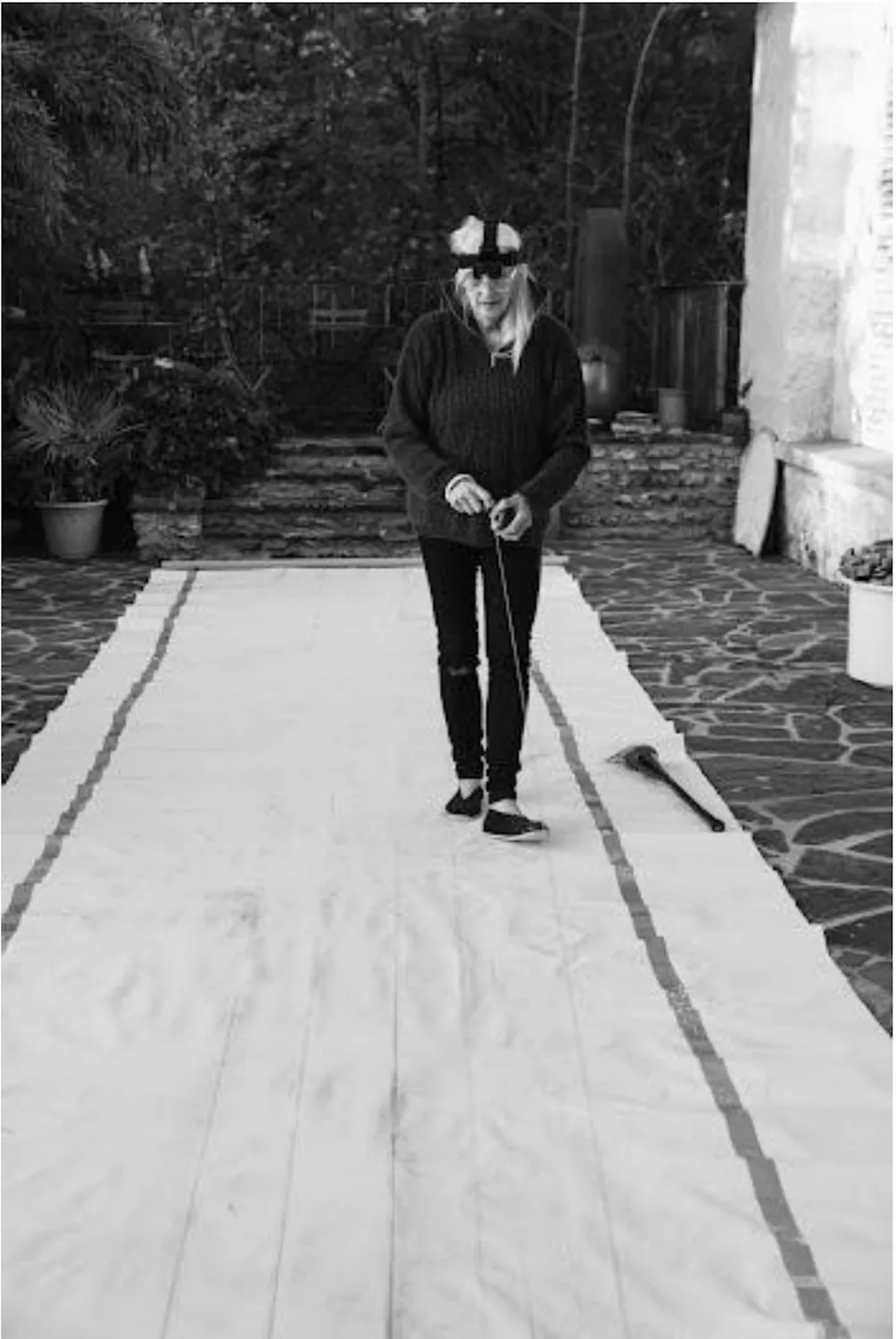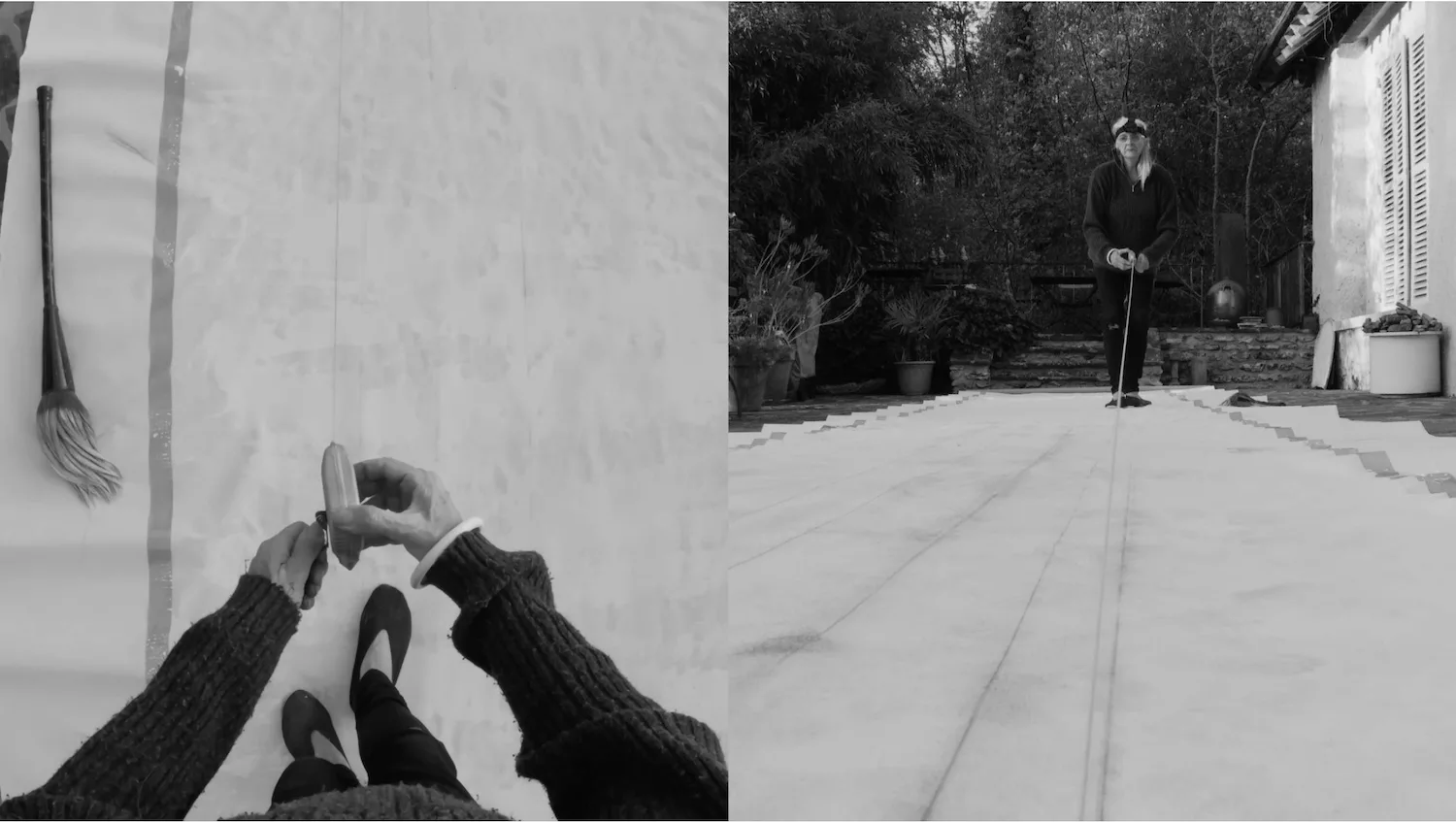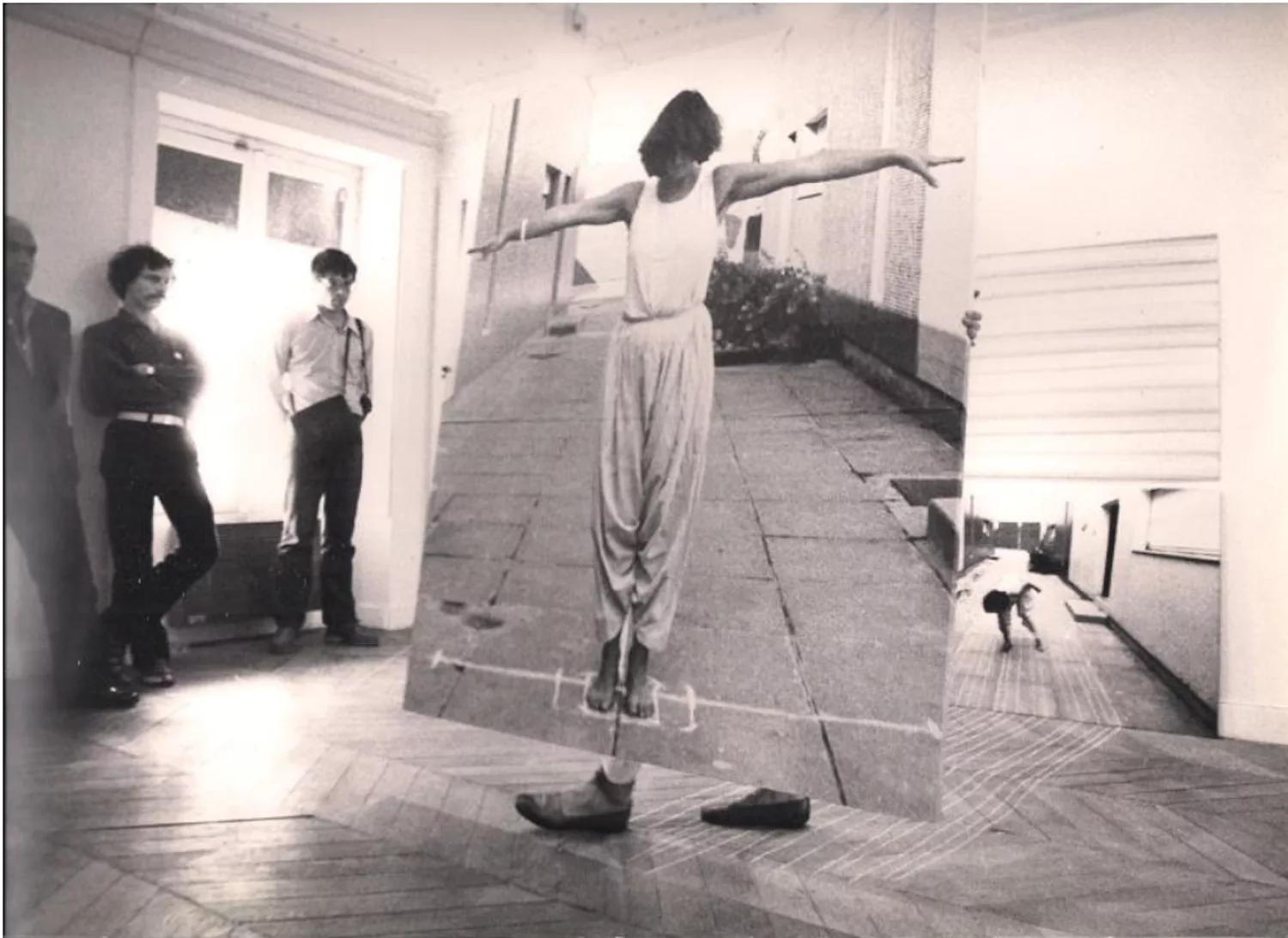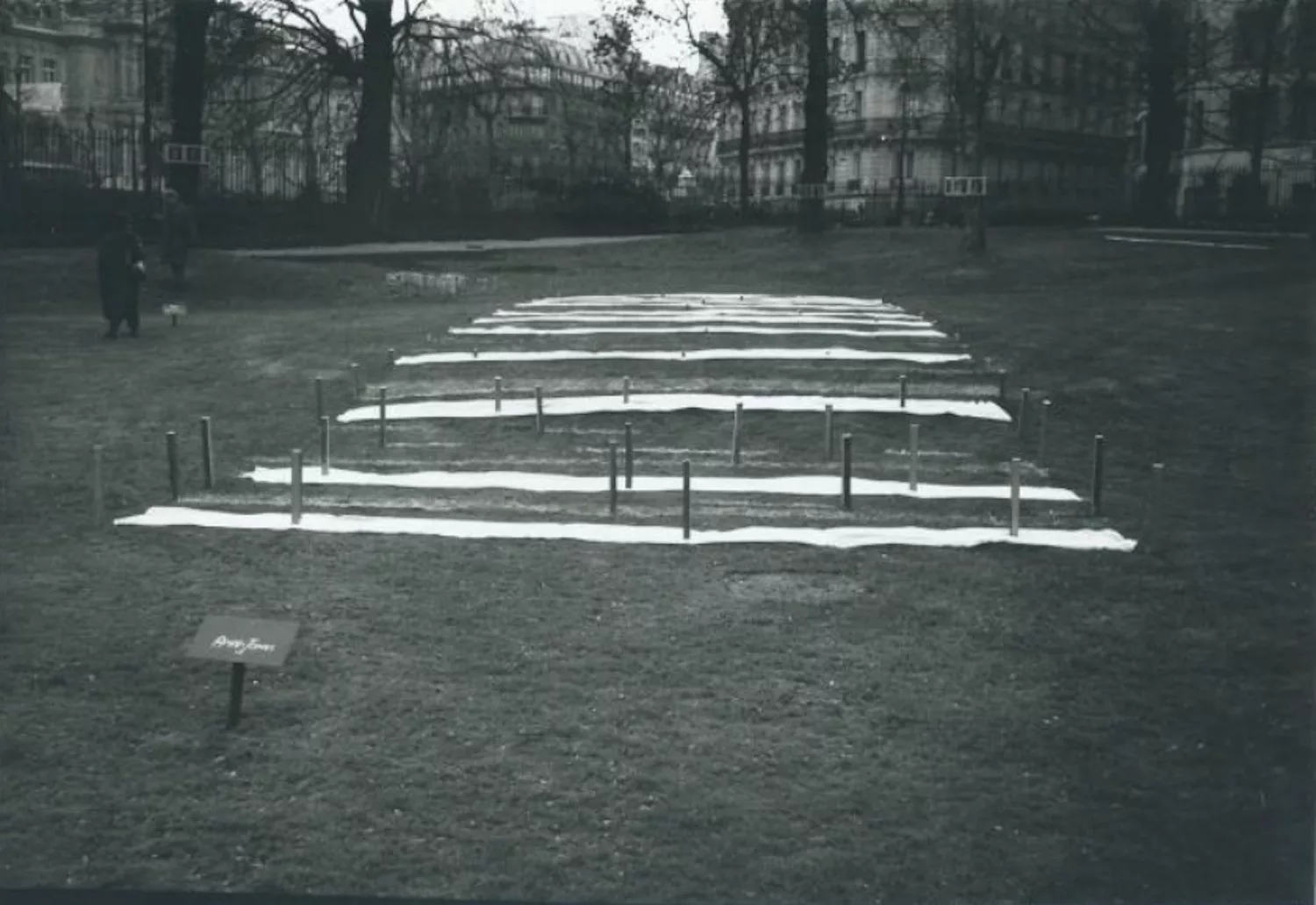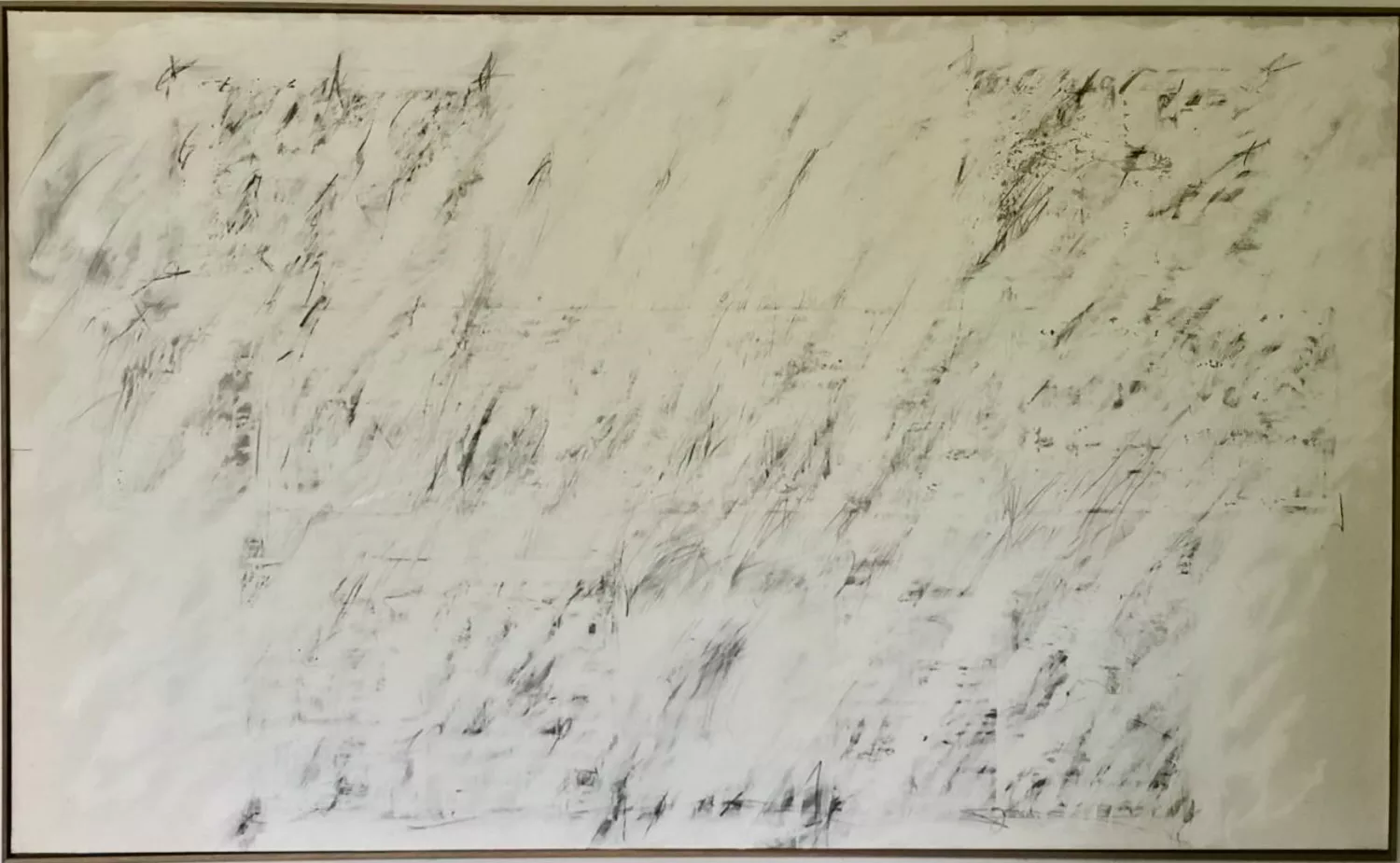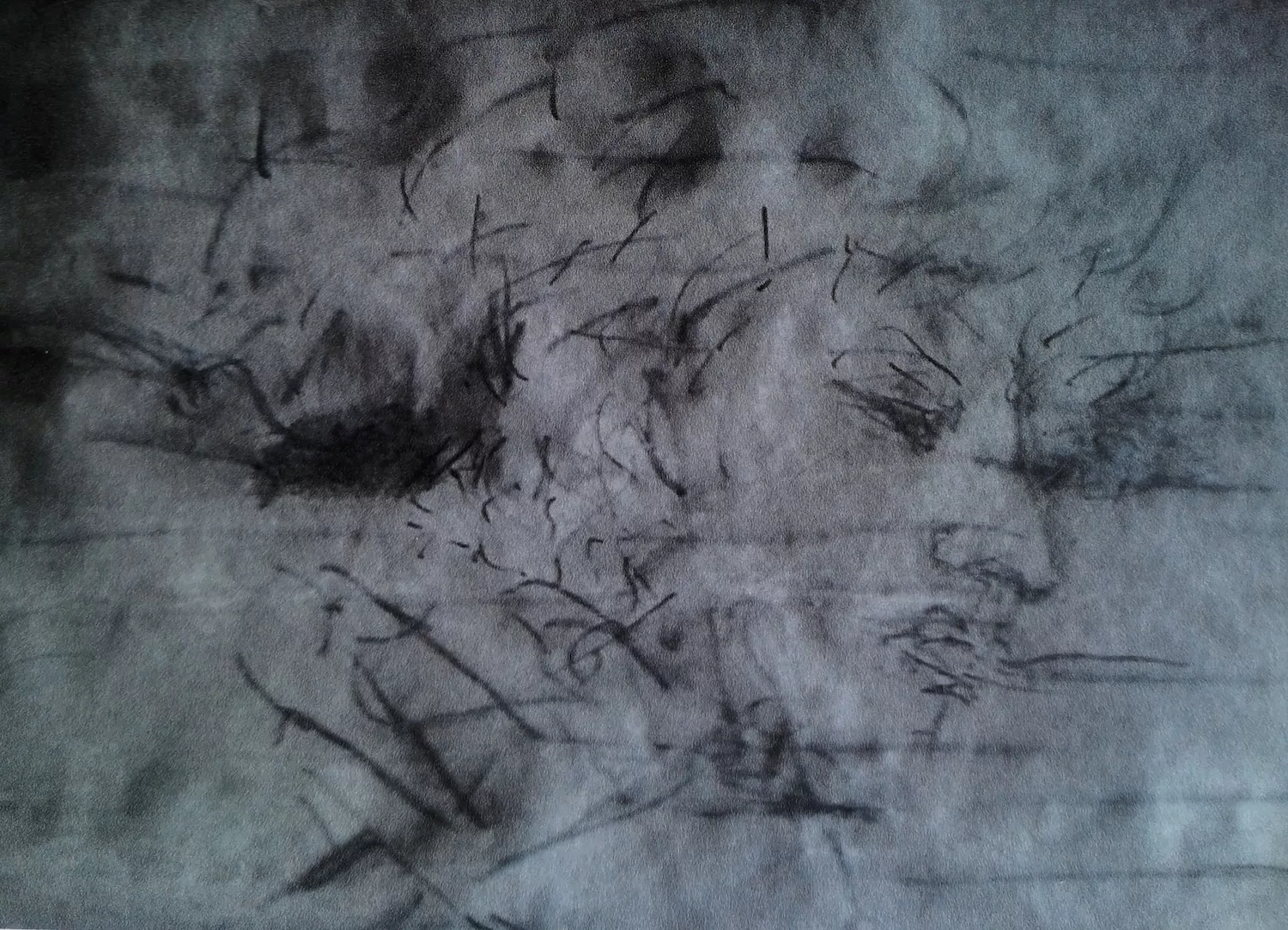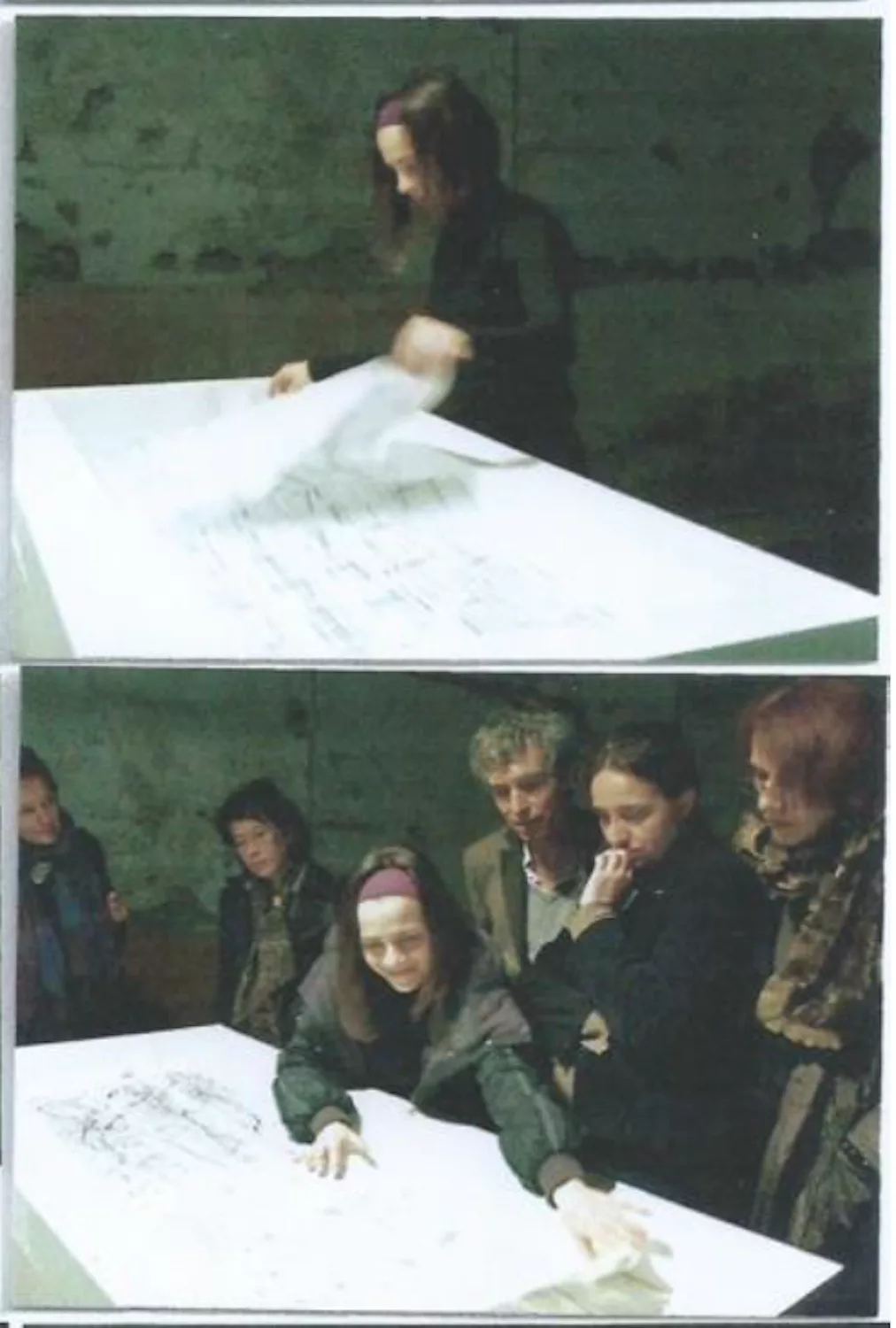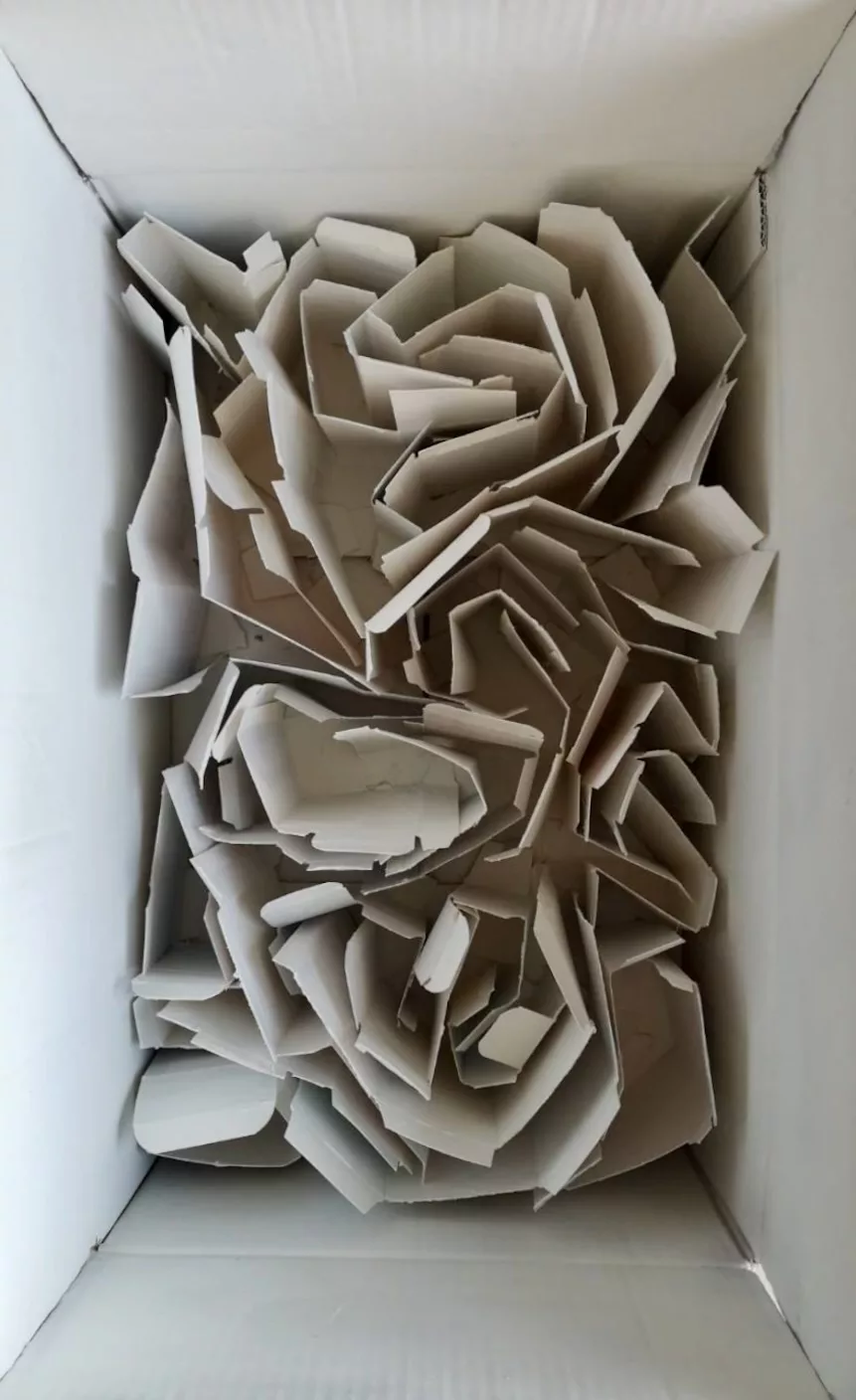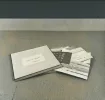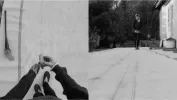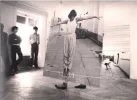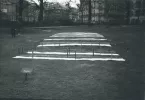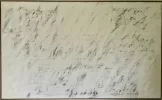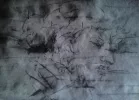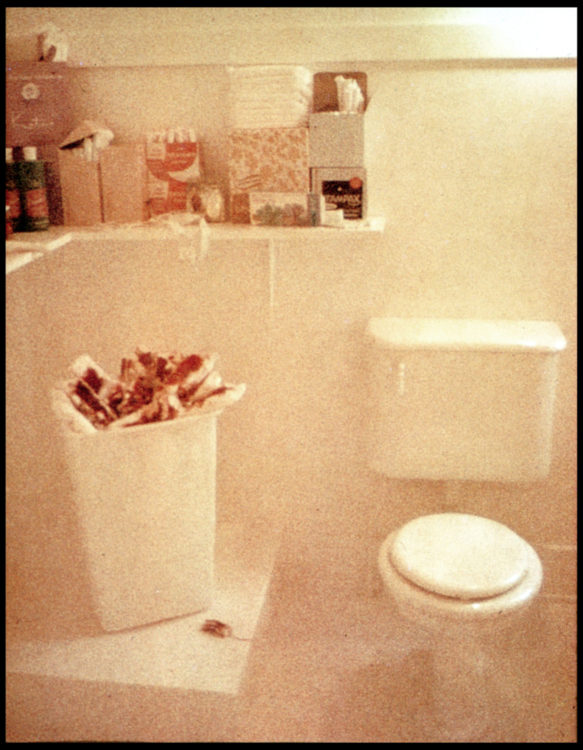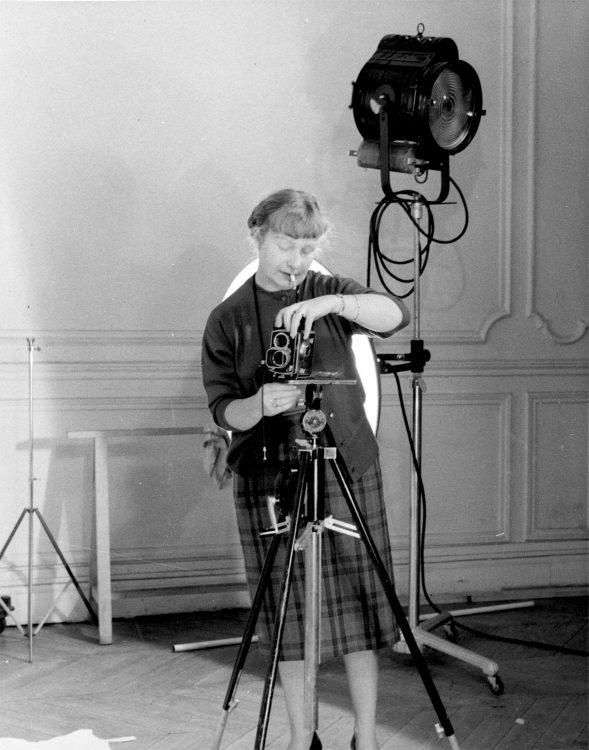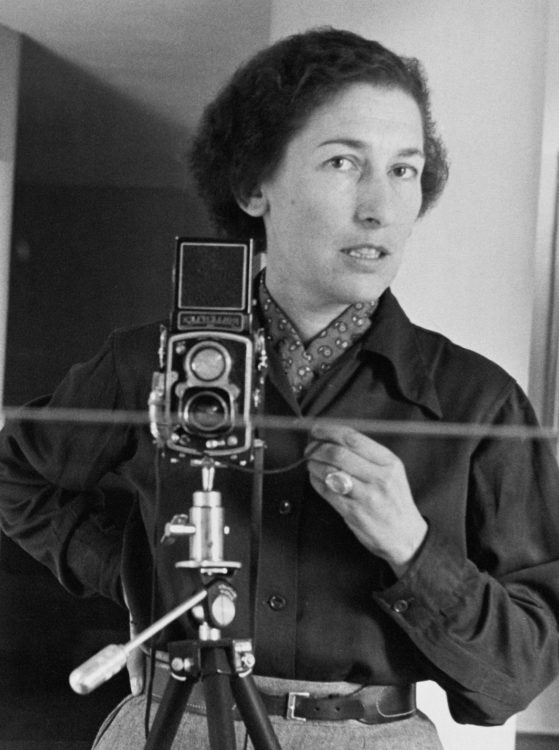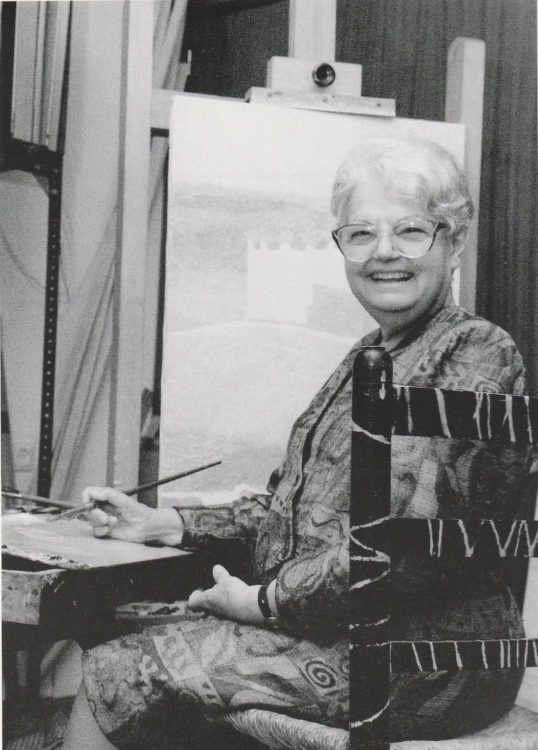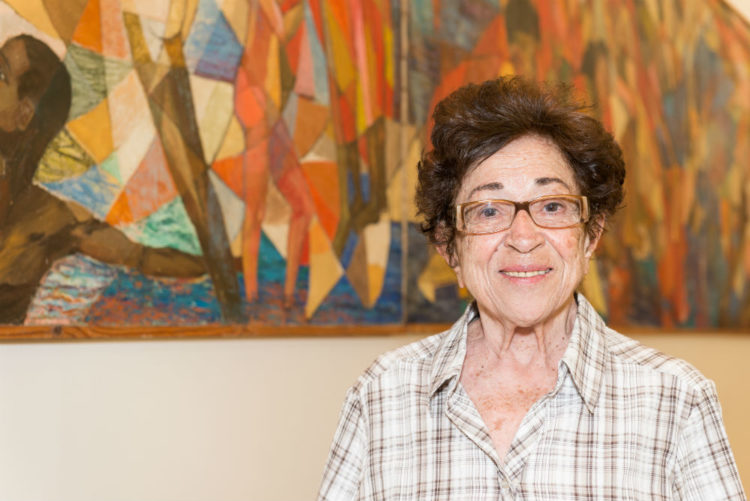Thérèse Ampe-Jonas
Thérèse Ampe-Jonas, Jean-Yves Bosseur et Gilbert Lascault, Bara, Méryll, ébauche d’Aria, Le Clou dans le fer, 2008
→Anne Tronche, “La matière du temps”, Recto Verso Permutables, exh. cat., Paris, Galerie Ilanne, 1978
→Gilbert Lascault, “Les labyrinthes de la clarté”, Cheminement vers le blanc, exh. cat., Paris, galerie Iris Clert, 1975
L’Effet Bara, Savigny-le-Temple, Domaine de la Grange-la-Prévôté, 2022
→Rencontre d’un lieu et du hasard, Paris, Galerie-Association Katia Pissarro, 1980
→Cheminement vers le blanc, Paris, Galerie Iris Clert/Galerie de l’Objet, 1975
French visual artist.
Since the 1970s, Thérèse Ampe-Jonas has grappled with understanding and staging the notions of territory, self-affirmation and self-awareness, notably surrounding the body – her own body. How can we measure that which surrounds us? How can we embody experiences and affects within a constant back and forth between the personal and the political? How do we make art the seismograph of a situated relationship with the world? Her works are narrative architectures, mappings of real and imagined spaces, miniature or monumental, connecting intimate issues, public concerns and the preoccupations of daily practicalities. Her predilection for blank space, erasure and covering invites us to consider her creations as empty pages that are animated, traversed and lived in by the artist. Spanning sculpture, photography, painting, performance, drawing and sound, Th. Ampe-Jonas’ practice envisages art as a way of experiencing and recognising, though never simplifying, our relation to the real and to emotion. Complexity and incompleteness are the powerful through-lines of her research, setting both our mental space and our visual field in motion, offering formal solutions that stimulate us because they resist us.
When Th. Ampe-Jonas started, she was close to the historian Gilbert Lascault, critics Aline Dallier and Anne Tronche, and gallerist Iris Clert, who showed her work in the 1974 exhibition Grandes femmes, petits formats. She studied at the École Nationale des Métiers d’Art and worked as a painter of tapestry cartoons at the Manufacture Nationale des Gobelins in 1968–1969. She thus began her practice with a series of collages, of ‘boxes’ and ‘coded terrains’. These works already expressed a taste for suggestion and possibility, voids and mise en abyme, bifurcation, marking, and the unfinished – a taste that G. Lascault has oxymoronically defined as producing ‘labyrinths of clarity’. Often personified by a porcelain miniature, the human body is measured against the folds of space and memory, seeking to orientate itself. It could also be said that the artist draws a kind of mental map of a precise, feminine condition, where creation develops alongside domestic and maternal obligations, using everyday materials such as cardboard tabs of buttons and paper scraps, where art-making happens mainly on the kitchen table, where political engagement is first forged through collectives as Femmes/Art (1976–1978).
It was at the turn of the 1980s that performance and photography began to take on an essential role in the artist’s work, now implicating her own body. This was seen in the exhibition Rencontre d’un lieu et du hasard at the Galerie-Association Katia Pissarro, or in the seminal work Le Parcours de tous les possible, created in 1979 on the occasion of the XIe Biennale de Paris and reactivated in 2020 as part of the AWARE/Cnap programme ‘La Vie Bonne’. Conceived for the 1984 exhibition Sols at the Centre National d’Art Contemporain, the installation Un terrain nécessaire > de l’extérieur < > l’intérieur de < represented a continuation of Th. Ampe-Jonas’ research, in which she sets the public and private in tension, expressing the need to establish a ‘necessary terrain’ in which to work, a space of one’s own in which to measure and assert oneself.
Made between 2006 and 2008, the sound book Bara, Méryll, ébauche d’Aria is a major milestone in Th. Ampe-Jonas’ more recent practice. In collaboration with the composer Jean-Yves Bosseur and G. Lascault, it is an interactive work that associates touch, sight and sound in order to explore the fluidity of the human body, through a dialogue between art history, personal experience and poetry. The work is a prolongation of her pictorial research during the 1990s and 2000s, notably the vibrant, geological and expressive series of Paysages sacrés. In her 2020s series Labyrinthes, sculptures created from flattened medicine packaging testify to, with power and sincerity, the artist’s ongoing investigations into the links between the concrete architecture of our lives, the psychic organisation of our emotions and the variable manifestations of our bodies.
This notice was published as part of the “La Vie Bonne” project in partnership with the Cnap.
© Archives of Women Artists, Research and Exhibitions, 2025


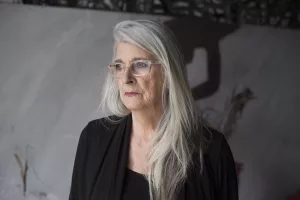
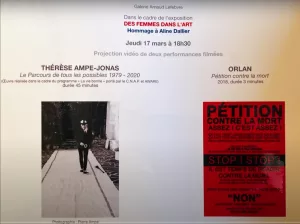 Encounter with Thérèse Ampe-Jonas on the occasion of the exhibition "Des femmes dans l’art. Hommage à Aline Dallier" | Galerie Arnaud Lefebvre, 2022
Encounter with Thérèse Ampe-Jonas on the occasion of the exhibition "Des femmes dans l’art. Hommage à Aline Dallier" | Galerie Arnaud Lefebvre, 2022 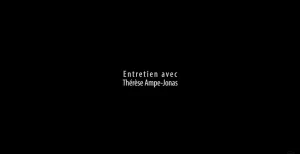 Portrait of Thérèse Ampe-Jonas as part of the call for projects for ‘La Vie bonne’ | Cnap/AWARE, 2021
Portrait of Thérèse Ampe-Jonas as part of the call for projects for ‘La Vie bonne’ | Cnap/AWARE, 2021 